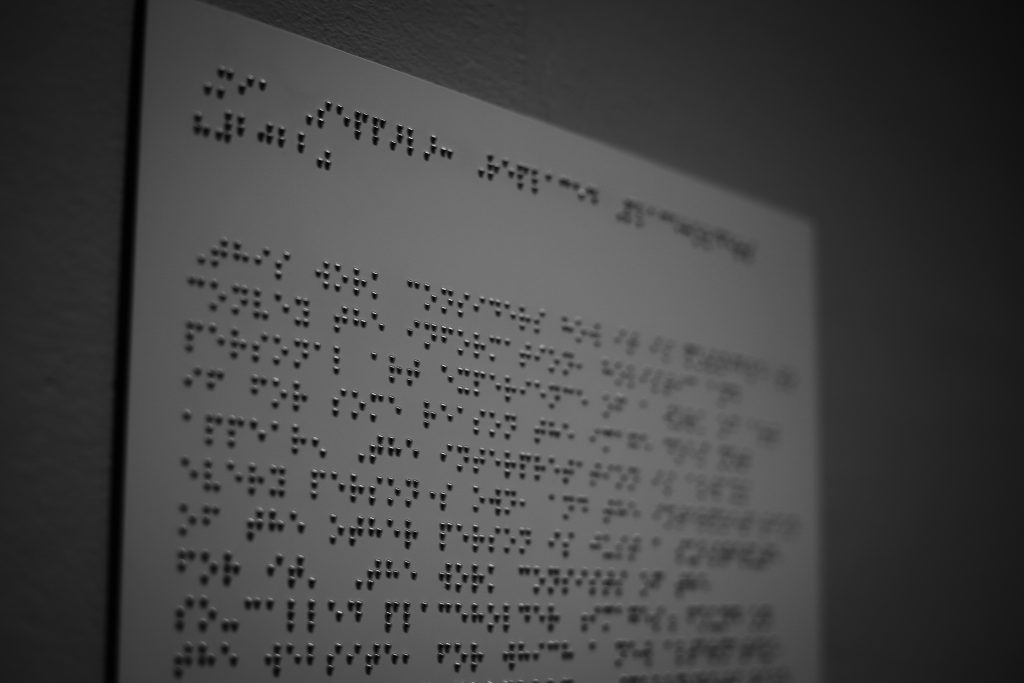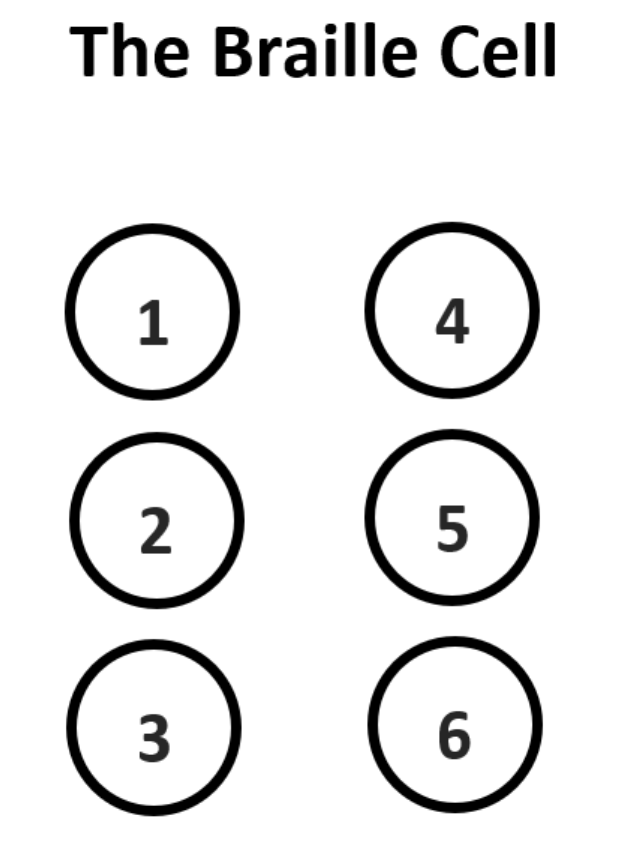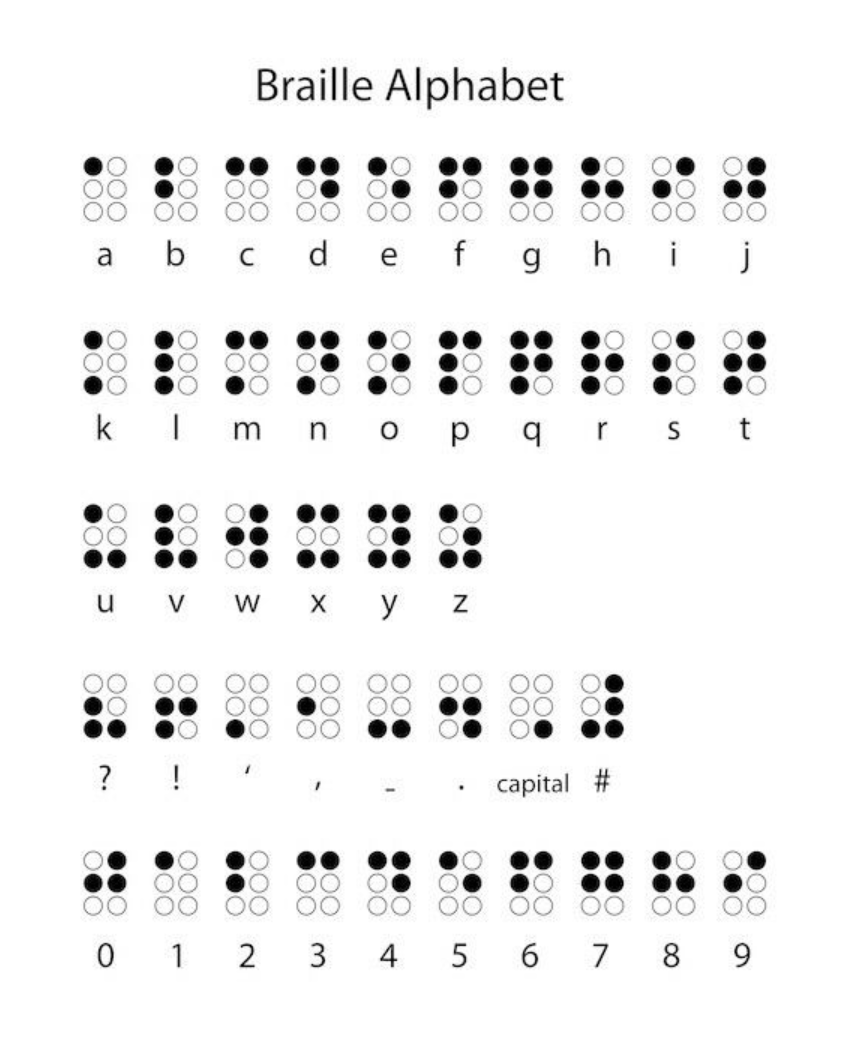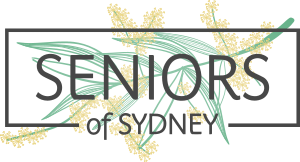4th January 2024
Global public health days offer the potential to raise awareness about health issues both on a local and international level.
World Braille Day has been celebrated since 2019. It aims to raise awareness of the importance of braille as a means of “communication in the full realisation of the human rights for blind and partially sighted people”1.
World Braille Day is celebrated on the 4th of January each year in honour of the birth of Louis Braille, its inventor.

What is braille?
Braille is a universally accepted tactile system of reading and writing used by those who are blind or have low vision. Braille is not a language in itself, but a code by which languages can be written and read. Braille consists of a code of 63 characters comprising 1 to 6 raised dots arranged in a matrix of 3 rows and 2 columns2.
Combinations of dots can be used to form letters, numbers, punctuation; along with musical, mathematical and scientific symbols. This allows blind and partially sighted people to access the written word, and read the same materials, books and periodicals as those printed in a visual font.


The History of braille
Louis Braille was born on 4th January 1809 (died 6th January 1852). He lost his sight at the age of 3 years old in an accident involving his father’s tools. Despite being unable to see, Louis excelled in his education and became a notable musician.
In 1819 he was awarded a scholarship to attend Paris’ Royal Institute for Blind Children, where he was introduced to a coded system comprising of raised dots, attempted by Charles Barbier (a fellow Frenchman), named ‘Night Writing’ to be used by soldiers during night warfare to send and receive messages without making a sound. Though not successfully adopted by the military, it inspired a young Louis to begin developing his own system, whereby blind people could access information by touch, which he completed in 1824, at just 15 years old3.
Just 2 years after Louis’ death, ‘braille’ became the official communications system for blind people in France.
Originally developed in Louis’ native tongue, French, braille has evolved considerably and can now be used for most of the world’s languages.
This year marks a very special anniversary of 200 years since the invention of braille in 1824.
Other Technologies
Braille remains the official communication system for blind people in Australia. However, new technological advances have led to blind and partially sighted people having access to websites and texts without the need for braille.
Braille takes up considerably more space than the visual printed word. As a result, a single novel may become multiple volumes in braille. For example, Harry Potter and the Order of the Phoenix comprised 16 volumes in braille.
Screen readers, such as NVDA for Windows, which is a free application and can be downloaded here use a robotic voice to read the content on the screen. For more information, visit Vision Australia.
Technological advances are also making braille more accessible with the development of electronic or refreshable braille displays that can be attached to a computer and used to read the contents of the screen using braille. For more information, visit Vision Australia.
To learn more about accessibility products on the market (including those for the visually impaired or blind) visit a Vision Australia store or attend the Assistive Technology Suppliers Australia (ATSA) annual Independent Living Expo, which will be at the Sydney Showground, Sydney Olympic Park on Wednesday 22nd and Thursday 23rd May 2024. This is a free event. Register here.
Let’s Spread Awareness
It is estimated that there are more than 453,000 blind or visually impaired people in Australia4. Yet, it is estimated that only 9% can read Braille5. This could be due to many reasons, one being a lack of resources. Unfortunately, only around 5% of all materials published are produced in accessible formats6.
The good news is – we are improving. Yet we still have some way to go, so let’s spread awareness of the benefits of braille and all other accessible communication systems for people who are blind or have vision impairment.
Happy World Braille Day 2024!
For eye health facts and tips, read my article 500 Shades of Grey.
- United Nations (2023) World Braille Day, United Nations, Accessed 29/12/2023, World Braille Day | United Nations ↩︎
- Australian Braille Authority (2023) About Braille, Australian Braille Authority, Accessed 02/01/2024,About Braille | Australian Braille Authority (brailleaustralia.org) ↩︎
- The Editors of Encyclopedia Britannica (2024) Louis Braille, Encyclopedia Britannica, Accessed 02/01/2024, Louis Braille | Biography & Facts | Britannica ↩︎
- Vision Australia (2023) How do you know if you have low vision? Vision Australia, Accessed 02/01/2023, How do you know if you have low vision? | Vision Australia. Blindness and low vision services ↩︎
- VisAbility (2024) Braille, VisAbility, Accessed 01/01/2024, Braille – VisAbility WA ↩︎
- WIPO (2014) Limitations and Expectations: Access to Books for the Visually Impaired – Background Brief, WIPO, Accessed 02/01/2024, Limitations and Exceptions: Access to Books for the Visually Impaired – Background Brief (wipo.int) ↩︎


